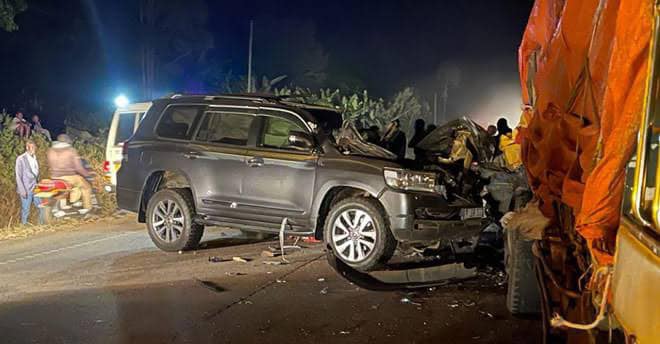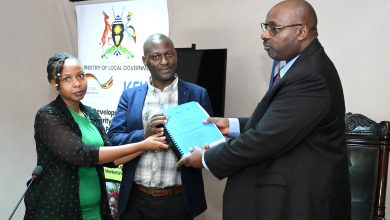InfrastructureOutToLunch
#OutToLunch Privatize road rescue services to reduce accidents on our highways
#OutToLunch Privatize road rescue services to reduce accidents on our highways

By Denis Jjuuko
If you ever pitch rides in vehicles that belong to international organizations operating in Uganda, you will notice at least two things. The first one is that many don’t move beyond 6.00pm especially on the highways. If the time is not enough to cover the distance and be parked by 6.00pm, they reschedule to the next day. The second one is that many drivers don’t usually do speeds beyond 100kph. Yet some of these vehicles are some of the most powerful on the road — V8 or V6 engines and brought in brand new. Not the usual end of life vehicle we gladly import from Japan.
The reason they insist on their vehicles moving during day is largely for safety reasons. Regardless of how modern the car headlights get, there is better visibility during the day which enables the driver to make informed decisions fast.
It is more likely to find a tired driver during the night than during daytime. The assumption is that the driver would have had enough rest during the night to drive carefully during the day. At night is when you find a crazy driver that has decided to do a return journey from Arua to Kampala on the same day.
Driving under the influence of alcohol is more common during the night than during the day. Many people who drink alcohol don’t do so during the day. But in the evening, they grab a bottle or several after which they sit behind the steering and drive, sometimes very long distances.
Also at night, there is no traffic police on the road to warn or fine drivers breaking traffic rules. It is one of the reasons vehicles especially trucks that are in dangerous mechanical conditions (DMC) or those that are wrongly loaded tend to move at night. Apart from a police patrol vehicle stopping them occasionally, they make their trips unrestricted.
Many such trucks breakdown on the roads and don’t provide enough warning for other road users. Chances are higher to ram into a stationary vehicle at night than during the day.
Do road accidents occur during the day? Absolutely. But it is way safer to travel during the day in Uganda than at night. Even if you put road accidents aside, it is still safer to travel during the day as you can easily get help should you have a mechanical issue to deal with. Thugs that stage illegal road blocks also do so during the night.
Of course, government should not regulate the time when we can travel on the highways but we could learn a thing or two from international organizations and why they insist that their vehicles and staff should only move during daytime. They are trying to reduce the possibility of avoidable road accidents and other incidents that could put their staff in danger.
Road accidents are always in the news either when many people die in a single road incident or when a prominent person dies in one just like businessman Apollo Nyegamehe popularly known as Aponye did two weeks ago. It is not clear what exactly caused the accident that claimed his life but what we know so far is that he was traveling at night and his vehicle rammed into a stationary truck.
Although the government may not legislate the time we should be moving, it can make roads safer. The model being used on the Entebbe Expressway could be deployed on all the highways or at least on the busiest ones.
This can be done by reinstituting road tolls. So every road user pays a fee and the money is used to maintain the road and most importantly clearing it of any obstacles that could lead to accidents as well as helping those involved in accidents.
A private competent company would be hired to provide a road safety service. Once a vehicle gets a mechanical problem or runs out of fuel (like most vehicles in Uganda do), a tow truck would arrive in time to get it off the road to ensure that it doesn’t lead to traffic delays and most importantly accidents. An ambulance would also be deployed to rush those in need of medical attention to nearby health facilities.
That would require several tow trucks and ambulances (including a helicopter ambulance) deployed every predetermined distance for them to be effective. Where the need may require heavy lifting cranes, the company managing the highway would be able to put measures in place for drivers to use the road carefully until the obstacle has been cleared. The company would also maintain road signage and such other furniture.
This would not end all road accidents but at least it would reduce the carnage on our highways and make them safer than they are today.
The writer is a communication and visibility consultant. djjuuko@gmail.com





